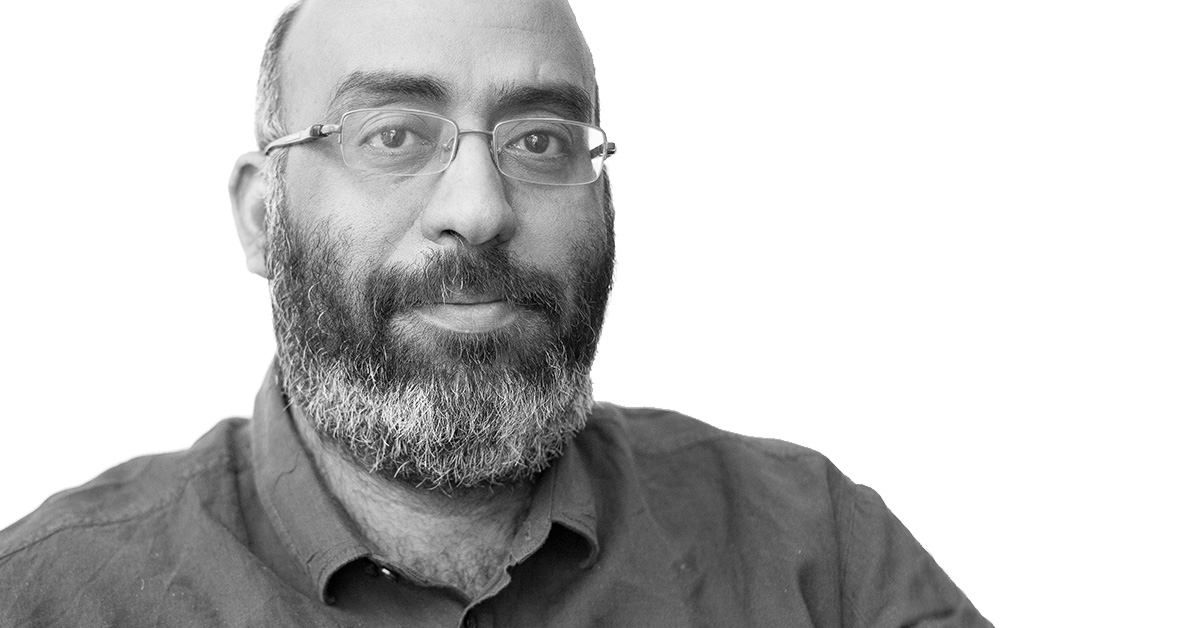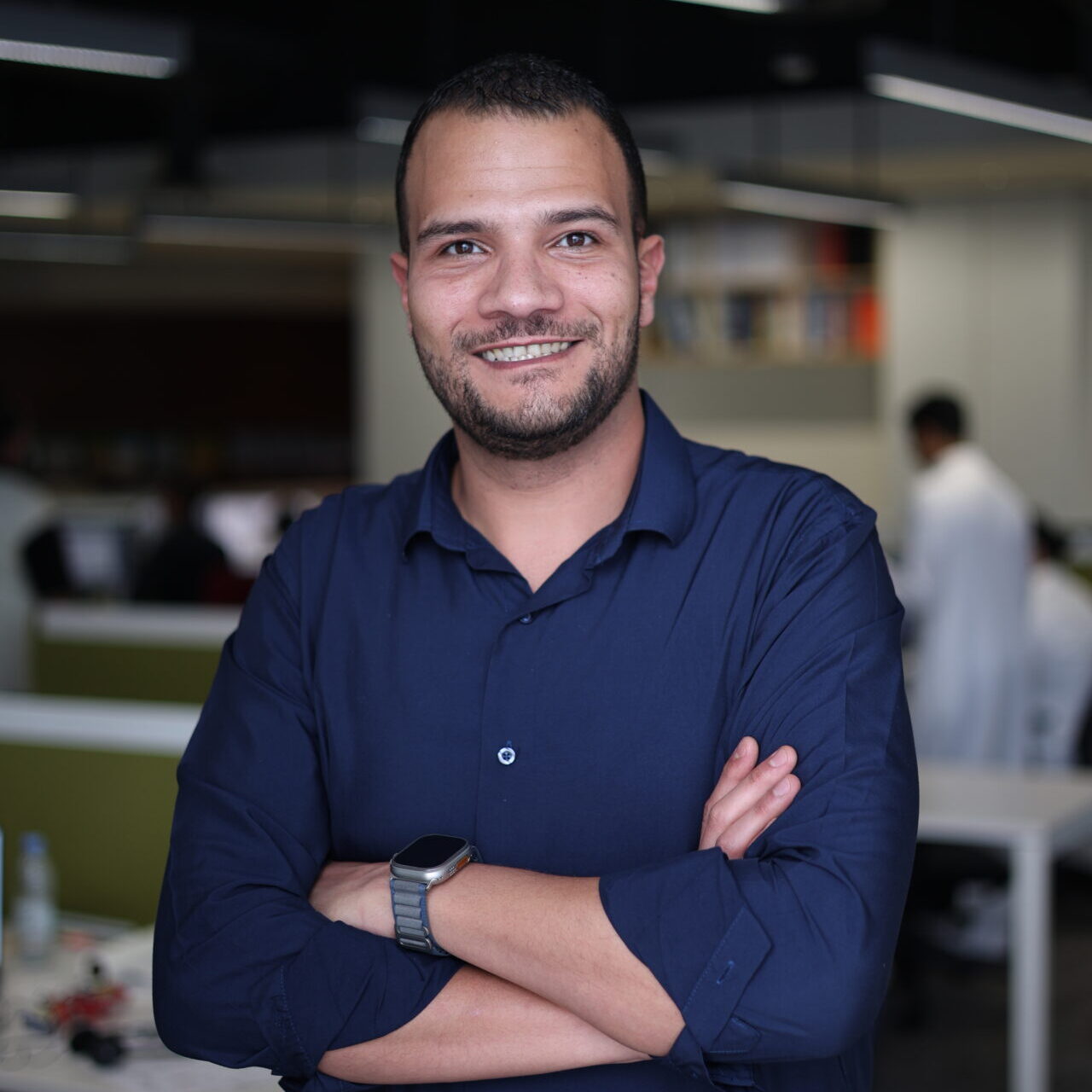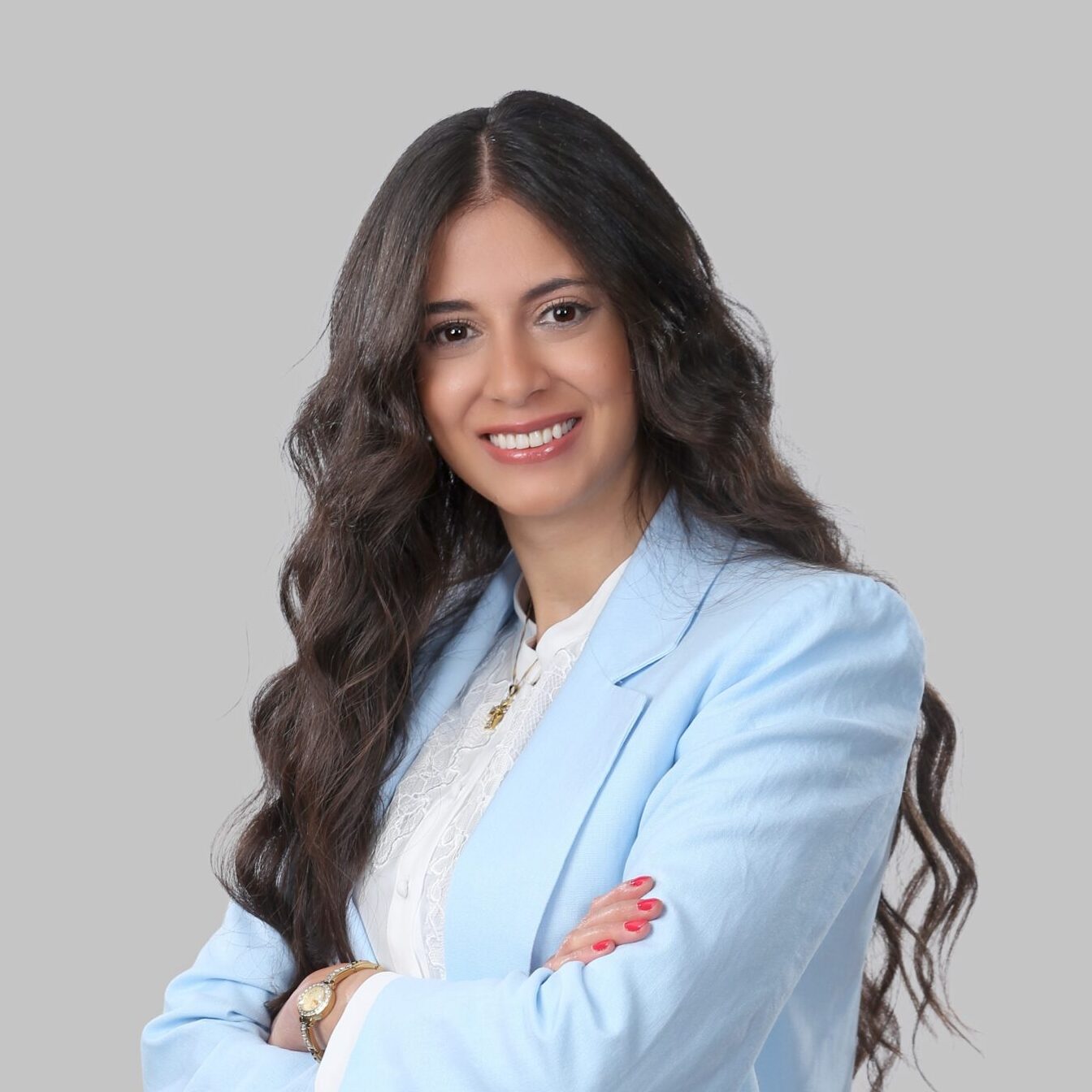
Wael is a Chief Structural Engineer at Omrania. He believes in the importance of early and continual collaboration between engineers and architects to achieve high-performance, integrated design solutions.
What motivated you to join Omrania?
Omrania was and is still one of the best companies in the field of architectural design and engineering. At the time I joined the company in 2007, it was well known for its design and supervision of many major projects, such as the Kingdom Centre and the NCCI Headquarters in Riyadh, to name a few.
What are your 3 favorite Omrania projects you have worked on, and why?
GOSI Office Park.
This was the first project I was assigned to when I joined Omrania. It was a large project still at the early schematic stage, and I took on the role and responsibilities of Structural Project Engineer. We completed the design of the project within a very challenging time frame, without compromising quality. The feedback during construction from the site team was great. The structural soundness, constructability, details and consistency with architectural and services requirements were all appreciated.
PIF Tower
This 80-story office tower, currently the tallest building in Riyadh, was the most challenging project I had ever worked on from a structural point of view. The unique form and extreme height of the building prompted our team to develop innovative and complex structural solutions to resist gravity and lateral loads. I am glad that I was part of the team of structural engineers in partnership with “Hyder Consulting” (Dubai Office) that efficiently handled the structural design of this iconic tower. I also supervised construction of the structural frame up to level five and provided continuous technical support through completion of the whole structural work.
HILTON RIYADH HOTEL & RESIDENCE
This was my first project as a permanent supervising engineer on the construction site. I had the privilege of serving as head of the structural supervision team and deputy project manager. The Hilton Riyadh is one of the largest projects designed and supervised by Omrania in recent years. To successfully resolve the various construction and engineering challenges required close coordination with the general contractor, specialized subcontractors, suppliers and so on. This project gave me valuable technical and management experience that I will bring to future projects.
What aspect of your work do you find most engaging?
The structural design engineer has to embrace the need to coordinate with many different parties to ensure a successful result. My team and I work with the entire design team (architects, MEP engineers, civil engineers, landscape architects, etc.), the client, government authorities, the contractor, and specialty trades and consultants, at various stages of design and construction.
What aspects of structural engineering matter to you most?
Safety is always the first and main aspect that matters for the structural design engineer. Safety depends upon a combination of factors such as stability, strength, durability, redundancy, and ductility. Other important aspects include serviceability criteria, construction workability, cost, time, and consistency with architectural layouts. These aspects are imperative to practical and efficient structural design.
As an engineer, how do you collaborate with the architecture team?
We believe at Omrania, especially in the structural department, in the early engagement of engineering disciplines in the architectural design. This early collaboration validates and reinforces the architectural design options and results in more efficient, rationalized and integrated engineering solutions.
Beyond ensuring safety and efficiency, what makes for great engineering?
I believe that there are two main drivers for having great engineering design solutions. The first is the set of processes adopted by the design team. I believe it is essential for team leaders to encourage open debate, give and receive feedback regularly, respect time constraints, commit to continual learning and development, and encourage the adoption of new techniques. The second driver is the characteristics and skills of the members of the team. We look for people who have technical knowledge, work as team players, and are clear and calm communicators. It is crucial to assign each task to the right people with the right skills and attitudes.
What do you enjoy most about working at Omrania?
First, I enjoy the unique architectural designs which in return inspire the structural engineering team to develop innovative and challenging structural solutions. Second, I enjoy the many partnerships with leading international architectural and engineering firms, which allow for the exchange of ideas and expansion of knowledge on both sides.







